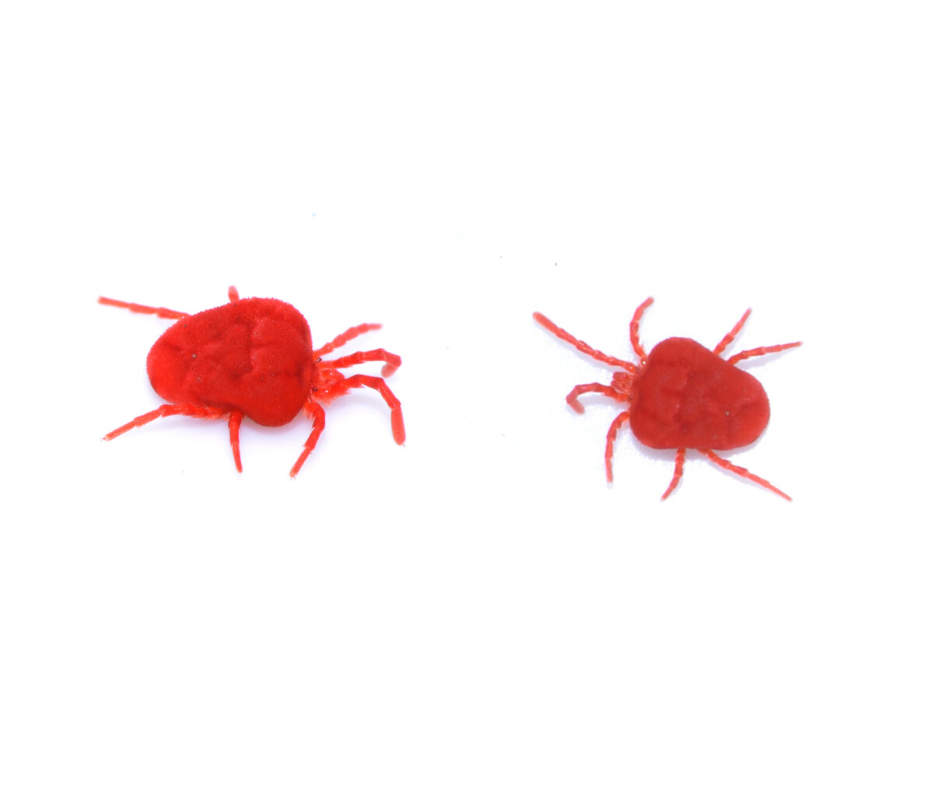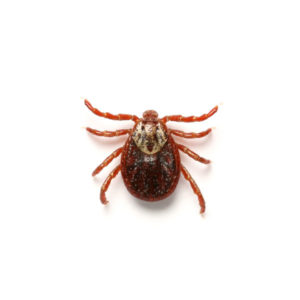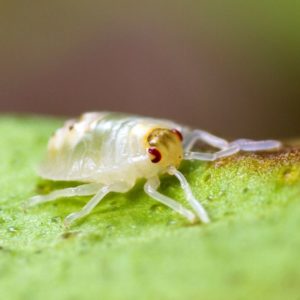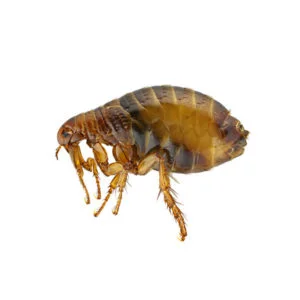Clover Mites in San Angelo
Clover mites are classified as nuisance pests, and they tend to invade structures in large numbers, particularly during the spring and autumn seasons. These mites have a global distribution and can be found throughout the United States. In the past, clover mites were considered occasional invaders, but with the increase in suburban development and well-fertilized lawns close to house foundations, they have become a more serious pest. The housing boom associated with suburban sprawl has created favorable conditions for clover mites to thrive and become a more common nuisance for homeowners.
Clover Mite Habitat
Clover mites primarily overwinter in the egg stage, seeking shelter under bark, in cracks in fence posts, under building sheathing, foundation cracks, or other dry and protected locations. As the weather warms up in early spring, winter eggs start hatching, and one generation completes its life cycle during the spring and early summer.
Clover mites are attracted to sunlight and tend to gather on the sunny southern and eastern sides of homes. When these mites infiltrate a building extensively, they can become a major nuisance for homeowners. Homeowners may notice clover mites as small dark red specks crawling around on siding, doors, windows, drapes, curtains, and furniture. Their presence can be bothersome and challenging to manage once they have established a significant presence inside the home.
Clover Mite Behaviors, Threats, or Dangers
Clover mites are considered pests not because they bite or transmit diseases, but due to their remarkable ability to invade structures in overwhelming numbers. In fact, back in 1954, it was estimated that a single bedroom could be infested with as many as 250,000 mites crawling on the floor!
When inadvertently crushed, clover mites leave behind a red stain, which is not blood but simply their natural color. Their small size can make it challenging for homeowners to recognize their presence in the house until they have already spread. However, what people are most likely to notice are the red stains left behind by these mites, which can be an unpleasant and frustrating issue to deal with. If you have clover mites on your property, contact your local tick & mite control experts for help.




